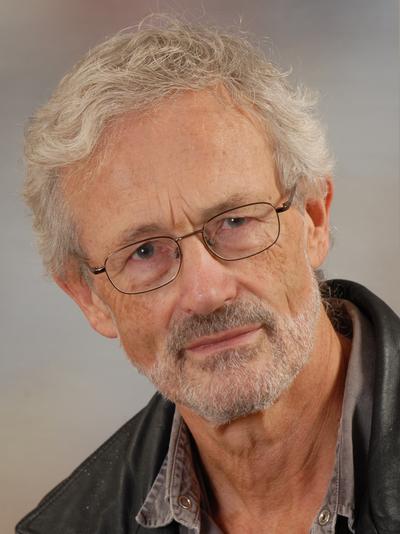Dr John Harvey

MA LittD
Life Fellow
John Harvey is a prize-winning novelist and a literary critic who writes also on visual art. He taught as a Lecturer then Reader in the English Faculty and was for many years Director of Studies in English at Emmanuel, where he has also served as a Tutor, Praelector and as Vice-Master.
In John’s latest novel PAX (November 2019) a contemporary love crisis is set against the painter Rubens’ trip to London in 1629 when he came as emissary of the Court in Madrid to make peace between England and Spain. The novel’s reading of the relations of Van Dyck, Rubens and Rubens wife, Isabella Brant, was prominently discussed in the Times, Telegraph, Guardian and in the international press. And in June 2020 John’s first novel The Plate Shop, about life in an engineering works, was reissued in Kindle: The Plate Shop won the David Higham Prize and was shortlisted for the Hawthornden Prize and the Yorkshire Post Fiction Prize. This edition includes the illustrations John had originally made for the novel.
Through 2020 John’s other novels will be reissued in print and on Kindle: these include Coup d’Etat, which describes life under the military dictatorship in Greece, and also portrays the dictators themselves: it was selected by Chris Patten in The Sunday Telegraph as 'the novel which shows the best grasp of political life'. The Legend of Captain Space considers how strange and frightening the experience of motherhood may be: A. S Byatt said in The Independent that it created 'perfected instances of some terrible mystery of human existence'. The Subject of a Portrait, recreates the trip to Scotland made in 1853 by the PreRaphaelite painter Millais with John Ruskin and his wife Euphemia, in order for Millais to paint Ruskin’s portrait: it was described by Lucy Scholes in The Independent as ‘a discerning and rather sumptuous study of one of history's most infamous love triangles’.
John’s best-known visual study is Men in Black (Reaktion Books, 1995), which examines the growing use, through history, of the colour black in men’s dress: it was shortlisted for the Grand Prix du Livre de Mode in Paris. Its sequel, The Story of Black (Reaktion Books, 2013), records the inward movement of the colour as successive blacks were discovered inside our bodies, our minds, our souls and our art: it was described in the Literary Review as ‘a richly informative treat . . . written with unostentatious elegance . . . a book to instruct and delight'. Between them the ‘black’ books have been translated into ten languages.
John’s visual studies had begun with Victorian Novelists and their Illustrators (Sidgwick and Jackson, 1970), acknowledged as the authoritative pioneering study in the field of literary illustration. Other books include Clothes (Acumen, 2008), praised in Essays in Criticism for 'its verbal exuberance, the writer's delight in language and rhythm', and for covering 'all the important issues that clothes provoke’. His most recent visual work is The Poetics of Sight (Peter Lang, 2015), which analyses the role of sight in memory, dream and popular culture as well as in literature and visual art itself. Jorge L Contreras, in the PRSReview, called the book ‘an accomplished and lucid exploration of the multifaceted relationship between visual images and the written word . . . a lively and engaging tour de force . . . enjoyable and edifying.’
John has reviewed widely for the national press, and has given keynote speeches and invited lectures to audiences ranging from the Getty Center in Los Angeles to the Praesidium of the Russian Academy of Fine Art in Moscow. He has twice been a Visiting Professor in Japan (at the Universities of Chiba and Sapporo). He has also been a Trustee of the Dickens Society of America and of the Cambridge Darkroom Gallery. At Emmanuel he has chaired the Picture, Plate and Furniture Committee and has regularly organized exhibitions of contemporary art in College. He was a co-organiser of the epic Moscow in Cambridge art exhibition, held at Emmanuel, Clare College, and Churchill, in 1990, and later travelled to Moscow to organize the further exhibition of Russian art held at Emmanuel in 1994. In 1970 he redesigned the service of plates that are used by students in Hall at Emmanuel.

.jpg)